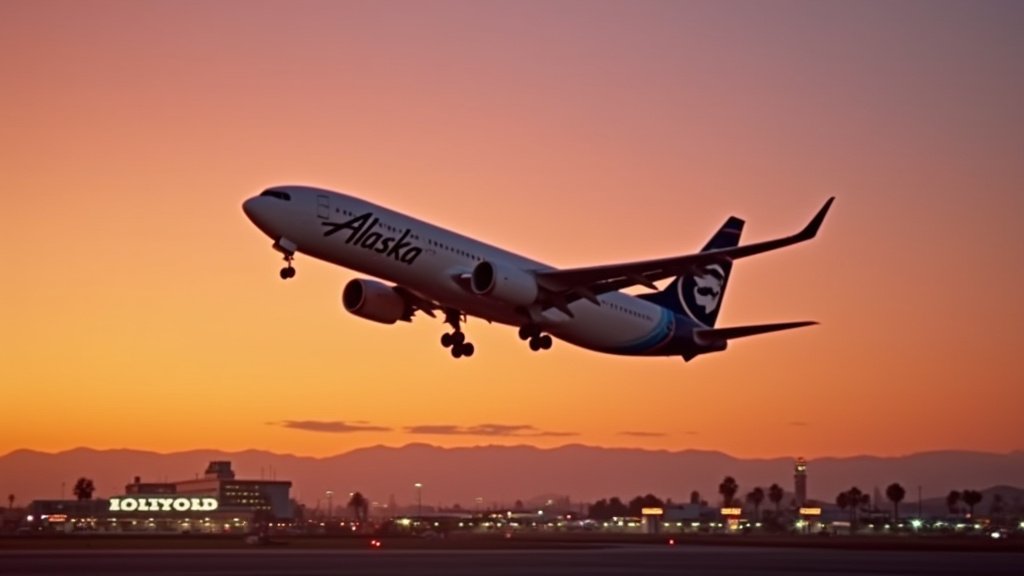Alaska Airlines Charts New Course: Seven New West Coast Routes Take Flight
Alaska Airlines is significantly bolstering its presence along the West Coast with the introduction of seven new nonstop routes, a strategic expansion designed to enhance connectivity for a diverse range of travelers. This significant move, slated to commence in late 2025 and extend into early 2026, underscores the airline’s commitment to serving both leisure and business passengers with increased travel options and flexibility.
Expanding Reach Across the West Coast
The latest network enhancements will see Alaska Airlines connecting key California markets with emerging destinations across Oregon, Washington, and Idaho. This expansion is particularly focused on strengthening the airline’s service to mid-sized markets that are increasingly showing robust demand. The aim is to provide seamless travel experiences, making it easier for individuals and businesses to navigate the growing economic and lifestyle landscapes of the Pacific Northwest and beyond.
Hollywood Burbank Airport to See New Connections
A pivotal aspect of this expansion involves Hollywood Burbank Airport (BUR), which will become a hub for three new daily nonstop flights. Starting October 26, 2025, BUR will offer direct service to Eugene, Oregon (EUG), Pasco, Washington (PSC), and Redmond, Oregon (RDM). This direct investment in BUR signifies Alaska Airlines’ confidence in the airport’s potential and its role in facilitating travel to and from Southern California. The introduction of these routes is expected to be a welcome development for residents in these regions, offering more convenient and direct travel opportunities, which is a significant factor in today’s fast-paced travel news.
Strategic Focus on Mid-Sized Markets
This latest wave of new routes reinforces Alaska Airlines’ long-standing strategy of cultivating a strong network in mid-sized markets. By focusing on these often-underserved corridors, the airline aims to capture a growing segment of the travel market that seeks efficient and reliable service without the congestion often found at larger international airports. This approach not only increases Alaska Airlines’ footprint but also provides travelers with more choices, potentially impacting travel costs and the overall travel experience.
The expansion is particularly trending as it taps into the evolving travel patterns where demand for regional connectivity is on the rise. The ability to fly nonstop between these cities offers significant time savings and convenience, which are paramount for both business professionals requiring timely meetings and leisure travelers looking to maximize their vacation time. The focus on the West Coast continues to be a cornerstone of Alaska Airlines’ operational strategy, aiming to solidify its position as a leading carrier in the region.
Impact on Leisure and Business Travel
The anticipated increase in flight frequency and the addition of new routes are poised to have a tangible impact on both leisure and business travel. For businesses, this means improved logistical capabilities and easier access to partners and clients across the West. For leisure travelers, it opens up new possibilities for weekend getaways, family visits, and exploring the diverse offerings of the Pacific Northwest. The enhanced connectivity reflects a broader trend in the travel industry toward more personalized and accessible travel solutions, catering to a dynamic lifestyle.
This strategic expansion by Alaska Airlines is more than just adding new destinations; it represents a thoughtful approach to network development that prioritizes customer needs and market potential. By investing in direct routes and strengthening its presence in key West Coast markets, the airline is positioning itself for continued growth and a strengthened competitive edge in the aviation sector. The news is a significant development for frequent flyers and those planning future trips in the region, promising a more connected and convenient travel future.


















